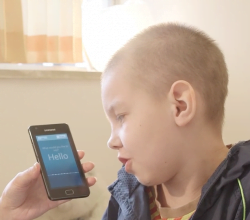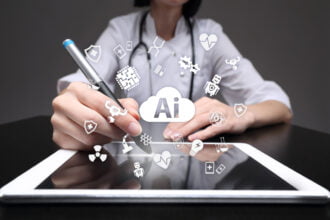Disruptive technologies will always have a rippling effect through all industries. The field of dentistry is not exempted from this. As we edge closer to fully developing technologies like artificial intelligence and the internet of things, it’s important to stay up-to-date on how these technologies will impact the industry in order to gain a competitive edge. The first people to become aware of a technology are often the first to adopt and refine this technology for their use.
If you’re planning on leveraging these industry ripples, here are some examples of dental care technologies that you should keep an eye out for.
Artificial Intelligence for Better Diagnosis and Treatment
While dentists are still the best people who can diagnose and recommend treatment for their patients, there is a lot of untapped potential in leveraging data to make much better treatment plans. The primary advantage of using artificial intelligence lies in its ability to process large amounts of data.
These smart algorithms can be integrated with the healthcare system to take a thorough account of a patient’s health data, research findings, and treatments to enable dentists to provide their patients with optimal care.
Augmented Reality for Immersive Training
Programs such as the DentSim Simulator enables senior dentists to provide students with immediate feedback and guidance as students practice procedures on a mannequin.
Augmented reality is also commonly used in reconstructive procedures as a means for patients to see what they are going to look like after receiving treatment. With this, patients and dentists are able to agree on the exact results that the patient wants.
Teledentistry
Teledentistry can provide patients with easy access to dental care, despite movement restrictions and geographical limitations. This allows dentists to put more emphasis on preventive practices as they will be able to consult with their patients more often and under more convenient conditions. Teledentistry is a technology that is currently in use, and is likely to become part of general practice.
CAD and 3D-Printing
3D printing isn’t new anymore, but it has served as a useful way to bypass supply chains to meet hospital demands. Computer-assisted design and 3D printing are extremely effective at providing orthodontic models, aligners, retainers, and many more. The ease of use and the precise outputs made through CAD and 3D printing significantly reduces the labor needed to perform these tasks, while also minimizing the margin of error.
Intraoral Cameras
It’s important for dentists to get a good view of a patient’s mouth in order to ascertain the work that needs to be done. Unfortunately, this is uncomfortable for patients and dentists get only a limited view of the patient’s mouth. An intraoral camera is designed to solve these problems through the use of liquid lens, which provides detailed images to dentists without causing strain to the patient’s jaw.
The field of dentistry is bound to evolve along with the technology available to us. In fact, many dental clinics, like the one in drsilmansmilespa.com, have begun to utilize some of these technologies to improve the care they provide to their patients. It’s only a matter of time before these technological advancements become part of general practice.









